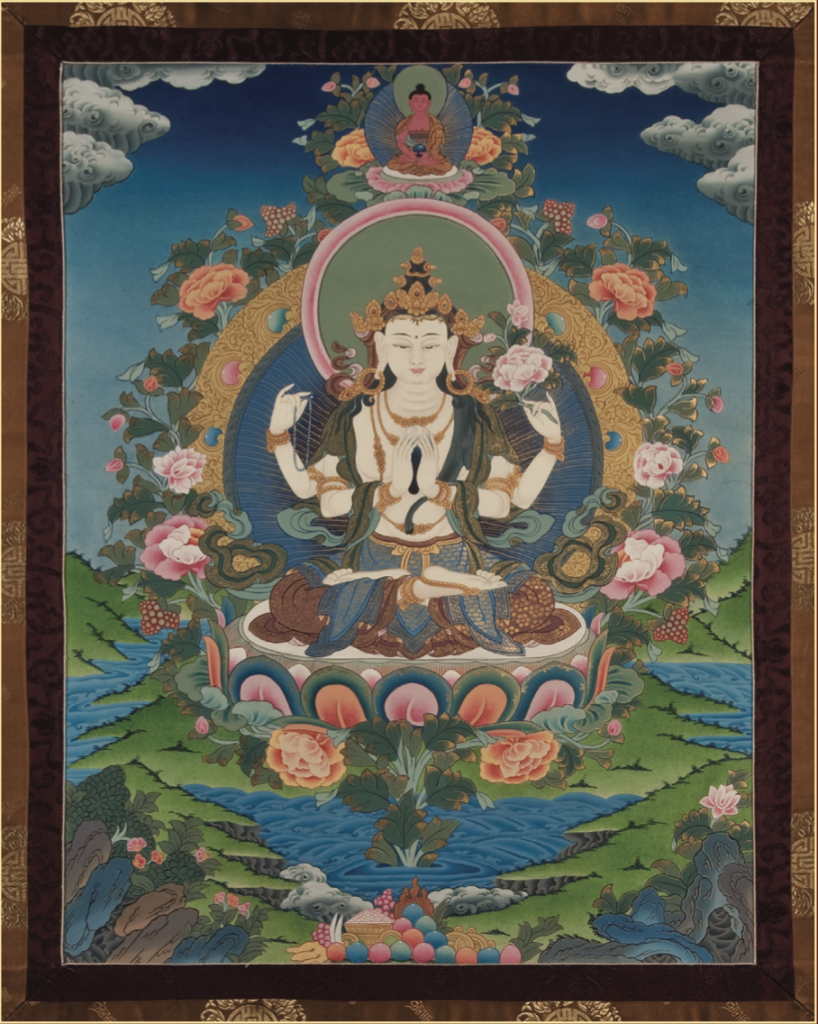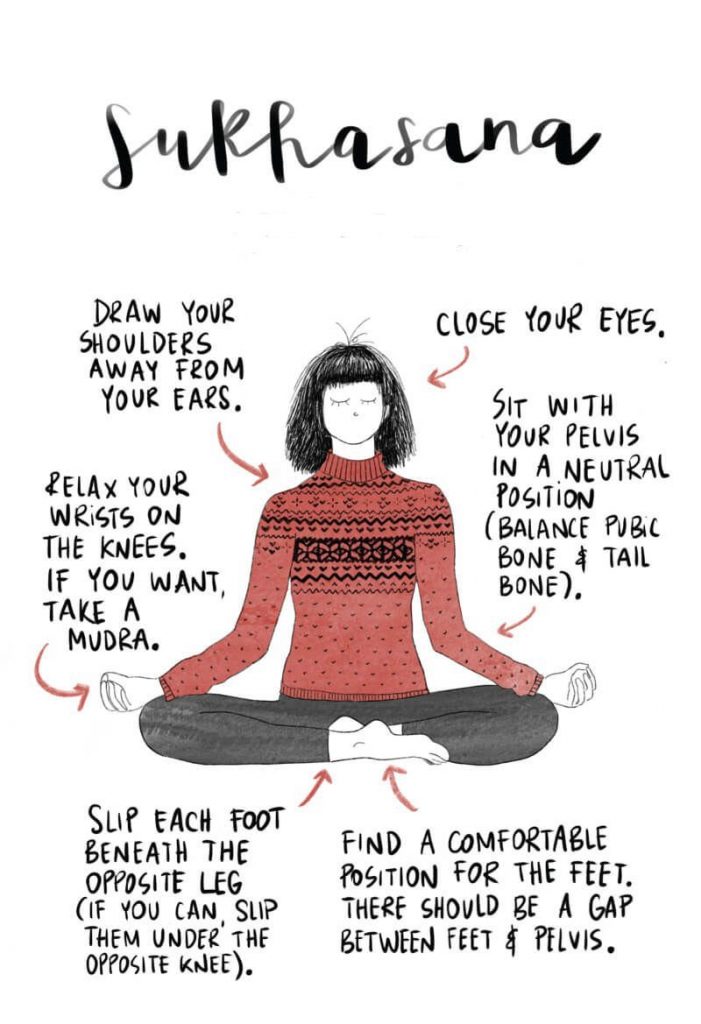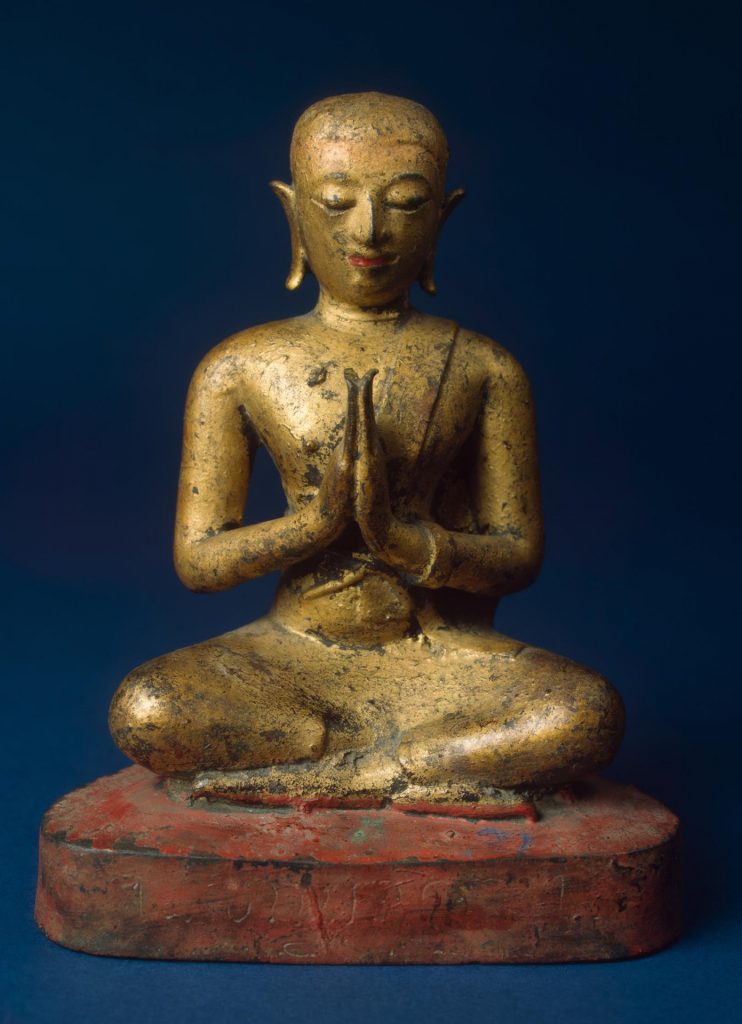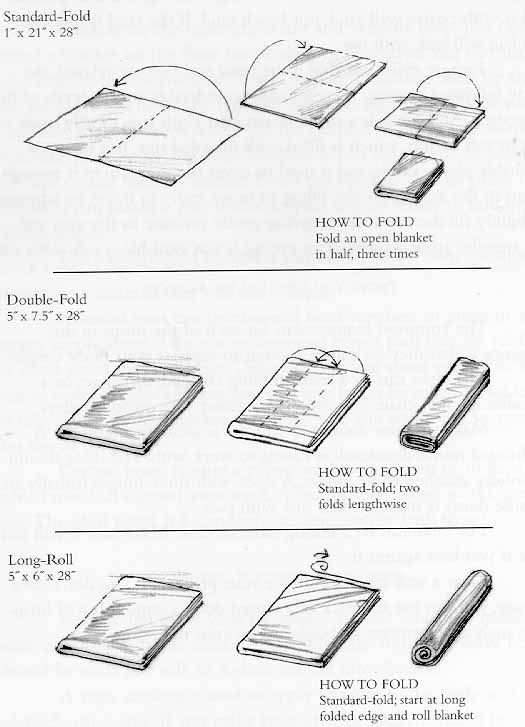Read the previous part here…
So International Day of Yog came and went, and I hope that you made something of it.
Other than striking a pose on Instagram I mean.
That’s the thing isn’t it? When we celebrate something, it has to be outwardly, out-worldly, mostly external.
Birthday? Put up pics to show how happy you seemed.
Vacation? Even when two people go for it, somehow they land up with professional-level clicks, as if they found Dabboo Ratnani loitering on that very beach.
Even buying something new, or opening a gift, now has an unboxing video.
Why are we so inclined to try our best to make people believe that we are happy? If we truly are, then there shouldn’t be a need to convince others now, isn’t it?
At the end of it all, we seek not happiness. We seek peace.
And incidentally, yog has a route to that as well.
Here is the third of the mini-series on International Day of Yog. Try it out.
We return to more pressing (and outwardly) matters of our own tomorrow. The Vetāla is ready, with a new story!
Sukhāsana
Difficulty level – 1 (easy)
Time commitment : 10 minutes thrice a week

This is a meditative āsanā, and among the easiest sitting āsanās. It can be performed without any strain, and by anybody, regardless of their level of flexibility. We had practiced Tāḍāsana earlier, which is the simplest of the standing āsanās. Coupled with Sukhāsana, you now have a standing and a seated āsanā in this course.
Another point here – I refuse to dilute the names of these methods, by giving them silly monikers such as ‘easy pose’, ‘downward’ facing dog’, ‘upward facing monkey’ and the like. I also refuse to call them ‘poses’. While a rose by any other name would smell just as sweet, you wouldn’t like to call it a watermelon instead. Every word, every letter has a meaning associated with it (something that I will explain when speaking of swara yoga and mantra yoga), and if one can take the effort to pronounce names of French perfumes, one can also take the effort of learning how to pronounce ‘Sukhāsana‘.
A few points to note:
- Time to practice – You would couple this āsanā with meditation, mantra japa or mudra practice.
- Place – A calm, quiet and well-ventilated place would do. Since this āsanā is a primary posture, not requiring too much space, it can be done on your balcony as well.
- Yoga mat – is not necessary for this āsanā. A rug would suffice. Not too soft though.

How you do it
Preparatory
Don’t start cold. Perform an initial set of basic warm-up exercises – rotate your feet, your knees, your hips, shoulders, wrists and head, three counts clockwise, three counts anti-clockwise, slowly and in succession.
सुखासन (Sukhāsana)
Physical
- Sit with the legs straight in front of the body.
- Bend one leg and place the foot under the opposite thigh. You can start with whichever leg is comfortable. Ideally, the right leg in for males, and left leg in for females.
- Bend the other leg and place the foot under the opposite thigh.
- Don’t pull your feet in too close to your pelvis. Placing them farther away will keep your knees from bending too much. Sitting on the folded blanket can also keep your knees from bending excessively.
- If you feel pressure on your spine, or your hips are tight, then you may use a folded towel or blanket under your buttocks, so that your hips are higher than your knees when you come into the āsanā.
- Place the hands on the knees in Jnana mudra.
- Inhale, roll your shoulders up to your ears and on an exhale, roll your shoulders down your back. This straightens your spine and improves posture.
- Keep the head, neck and back upright and straight, but don’t strain yourself.
- Close your eyes.
- Relax the body. The arms should be relaxed and not held straight.
- If doing this āsanā during meditation, mantra japa, or mudra practice, then sit as long as required. Else, start with a one minute count – progress upto 3-5 minutes.
Breathing
Gentle breathing, without strain or effort. Take in deep slow inhalations, with an expanded chest, and deep slow exhalations, with your stomach moving towards your spine. Your breathing should not be noisy – rather, should feel like the gentle waves of a calm ocean.

Awareness
Maintain awareness on the whole body, from top to bottom, on equalising the balance of the body, and on the breath. Try to clear your mind of unwanted thoughts. You do not need to focus or concentrate – just be aware.
Benefits
This āsanā helps develop physical and mental balance. It helps strengthen the back and increase flexibility in the hips and lower body. It is easy to perform and maintain for a longer period of time without strain, and hence this āsanā serves as an excellent posture for meditation and japa, which require the sādhaka to sit in one pose for an extended period of time.
Things to note
The key to āsanā practice is breathing and awareness. Without these aspects, yog is merely physical exercise.
As you practice this āsanā, begin to move your awareness around your body – a kind of a body scan, to connect with each part of your physicality, and be aware of your physical nature and every aspect of it.
Variation
Beginners can use the folded blanket or towel, to raise their hips above their knees.

More advanced practitioners can practice this āsanā and meditation for long periods of time, starting from 20 minutes to over 3 hours.
प्रयत्नशैथिल्यानन्तसमापत्तिभ्याम्
prayatna-shaithilya-ananta-samapatti-bhyam
Yoga Sutrās of Patañjali 2.47
prayatna – tension; effort
śaithilya – relaxing; loosening
ananta – limitless; infinite
samāpatti – state of enlightenment; deep contemplation
abhyām – both
The key to success in this regard is practice with effort, which becomes progressively easier, combined with deep contemplation (samāpatti).
Youmay want to read the commentary in my earlier post on the first āsanā, before coming to this one. In continuation, the focus of āsanā practice should be on āsanā–siddhi – which means sitting comfortably in one position for hours at end – comfortable physically, in mind and in emotion. Rishi Patañjali then goes on to explain that practice should be coupled with the right effort and proper state of mind. Merely closing the eyes and breathing slow will not help much – you have to bring your focus onto the spiritual aspect of the āsanā – towards the attainment of samāpatti.
Samāpatti stands for correct (samyag) acquisition (āpatti) of Truth. In the Yoga Sutras, samāpatti is beautifully described as the state equivalent to a transparent and clear crystal that takes the colour of whatever object is placed behind it – a mind in the state of samāpatti takes the form of whatever object it concentrates on. In this state, the activities of the mind are subdued to the point of citta-vr̥tti-nirodhaḥ – where your mind isn’t clouded by your false perceptions.
